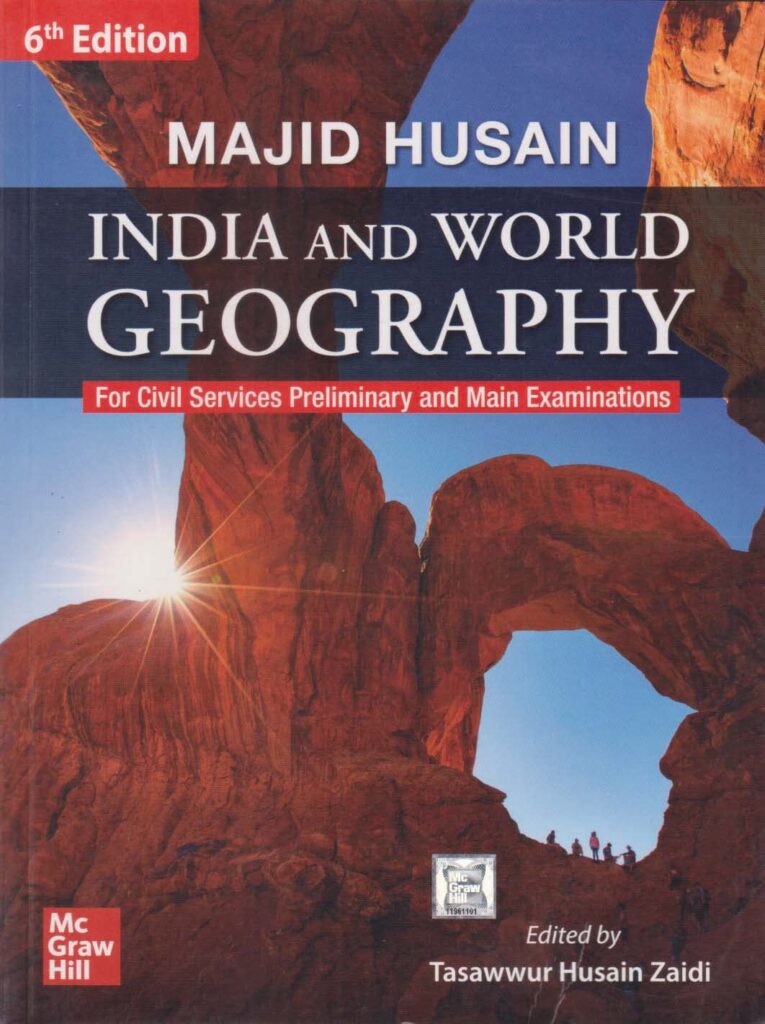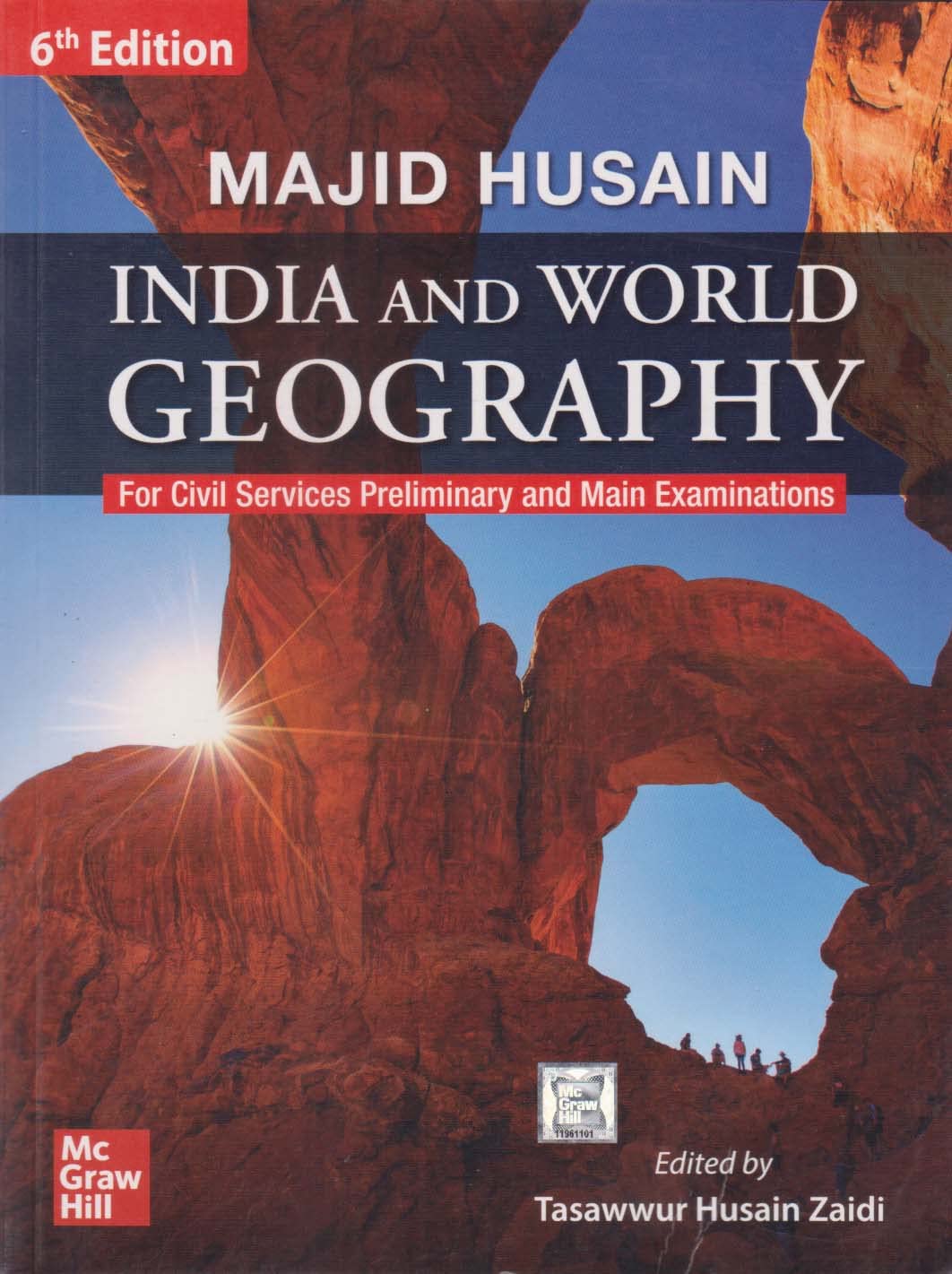Unlocking the World: Insights from Majid Hussain’s Indian and World Geography
Yo, have you heard about this geography book that’s a total game-changer for civil services exams? It’s called “Indian and World Geography” by Majid Husain, and it’s basically the holy grail for anyone prepping for the prelims and mains.
This book is packed with all the essential info you need to nail those geography questions. From in-depth coverage of Indian geography to a solid understanding of the world, it’s got you covered. The best part? It’s written in a super easy-to-understand way, so you don’t have to be a geography nerd to get it.
Whether you’re studying for the UPSC or just want to expand your geographical knowledge, this book is a must-read. Trust me, it’ll make your life a whole lot easier when it comes to those tricky geography questions. So, what are you waiting for? Grab a copy and get studying!
India and World Geography by Majid Husain (6th Edition)
This book, primarily authored for candidates preparing for Civil Services and State Services Examinations, has rapidly gained popularity. Given the ever-evolving global landscape, it offers updated insights into the Physical, Social, and Economic Geography of both India and the world. The book has been meticulously revised to bridge the gap between static content and current affairs.

| Book Name: | Indian & World Geography for UPSC |
| Publisher: | McGraw Hill |
| Language: | English |
| Edition: | 6th Edition-2022 |
| No of Pages: | 656 |
All necessary sections have updated data and statistics, enhanced maps, and diagrams, along with clearly written content that thoroughly explains aspects of physical and economic geography.
Supported by an extensive array of maps and diagrams, it meets the needs not only for competitive exams but also serves academicians and students effectively.
Table of Content
PART-1: WORLD GEOGRAPHY
PART-2: INDIAN GEOGRAPHY
Key Highlights of the Book
How to Prepare Geography for Civil Service Examination
Preparing for Geography for Civil Service Exams is an exhilarating journey that combines knowledge, strategy, and dedication! To embark on this adventure, start by mastering the basics. Dive into NCERT textbooks from classes 6 to 12, as they provide a rock-solid foundation. Once you have a grip on the fundamentals, it’s time to explore advanced materials like G.C. Leong’s “Certificate Physical and Human Geography” and Majid Husain’s “Geography of India.” These books are treasure troves of information that will deepen your understanding and give you that competitive edge.
Next, make maps your best friends! Spend time analyzing world and Indian maps to get a spatial understanding of different geographical phenomena. Practice sketching maps regularly to enhance your memory and recall during the exam. Additionally, keeping up with current affairs is crucial. Subscribe to reputable newspapers and magazines like “The Hindu” and “Yojana,” which offer insightful articles on geographical issues and events.
Don’t forget the power of revision! Create concise notes from your readings and revise them periodically. Use mind maps, flashcards, and mnemonics to make learning fun and effective. Joining a coaching institute or an online platform can also provide structured guidance and mock tests to hone your skills.
Finally, engage in group discussions and online forums to exchange knowledge with fellow aspirants. This not only broadens your perspective but also keeps you motivated. Remember, consistency is key. With passion and perseverance, you’re all set to conquer Geography for the Civil Services Examination! Get ready to embark on this thrilling academic expedition, where every effort brings you one step closer to success!


![ReasoningIQ by StudyIQ PDF [2022]](https://www.enjoypedia.com/wp-content/uploads/2024/07/ReasoningIQ-by-StudyIQ-PDF-2022.jpg)

![Ace SSC General Awareness - Adda247 [2023 Edition]](https://www.enjoypedia.com/wp-content/uploads/2024/07/Ace-SSC-General-Awareness-Adda247-2023-Edition-768x1055.jpg)